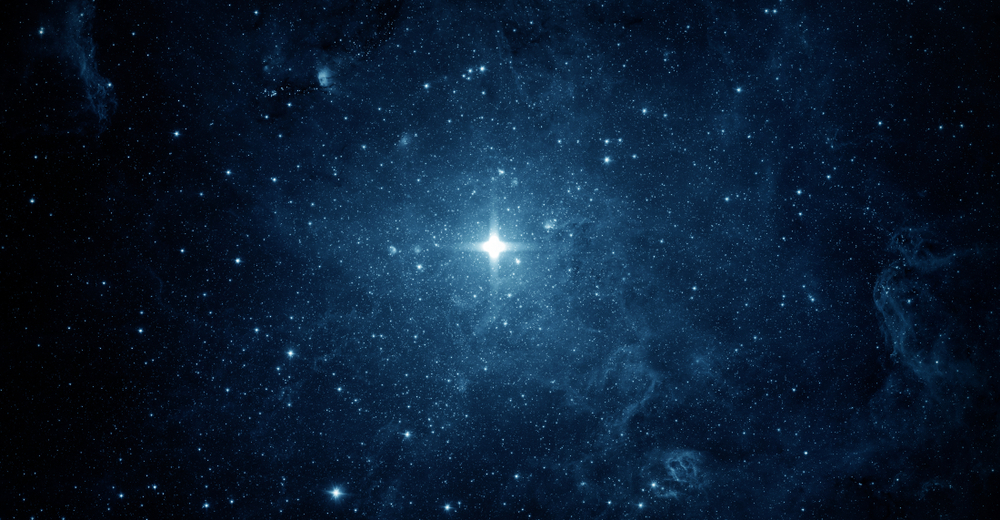Now Reading: Universe Began as a Hot Particle-Photon Soup 13.8 Billion Years Ago
-
01
Universe Began as a Hot Particle-Photon Soup 13.8 Billion Years Ago
Universe Began as a Hot Particle-Photon Soup 13.8 Billion Years Ago

Rapid Summary
- The Universe began approximately 13.8 billion years ago with the Big bang, a massive explosion that expanded matter and formed galaxies, stars, and planets.
- Researchers rely on parameters like ancient light (Cosmic Microwave Background or CMB), dark matter, dark energy, and stellar observations to determine the Universe’s age.
- Observations show relic radiation (CMB) from the Big Bang still detectable today; its fluctuations help infer cosmological properties using Einstein’s general relativity.
- the oldest stars in the Universe act as “chronometers,” with NASA’s James Webb Space Telescope identifying galaxies forming just 330 million years post-Big Bang.
- Dark matter constitutes about 27% of the universe’s makeup while dark energy drives expansion at 65%; these are largely uncharacterized but pivotal for understanding cosmic structure.
- Scientists debate whether the Universe will experience decay or continue accelerating forever – theoretical physics keeps possibilities open.
Indian Opinion Analysis
The study of cosmology presents broader implications for education and scientific advancement in India as space exploration gathers momentum with missions like chandrayaan and upcoming projects by ISRO targeting interstellar phenomena. Insights into concepts such as dark matter or cosmic evolution could spark greater investment into astrophysics research centers across india, aligning efforts to unravel Worldwide mysteries alongside global scientific communities like NASA or Harvard’s Black Hole Initiative. Crucially, it points toward fostering technological advancements necessary to partake in cutting-edge discoveries enhancing India’s footprint in theoretical physics on an international stage.























